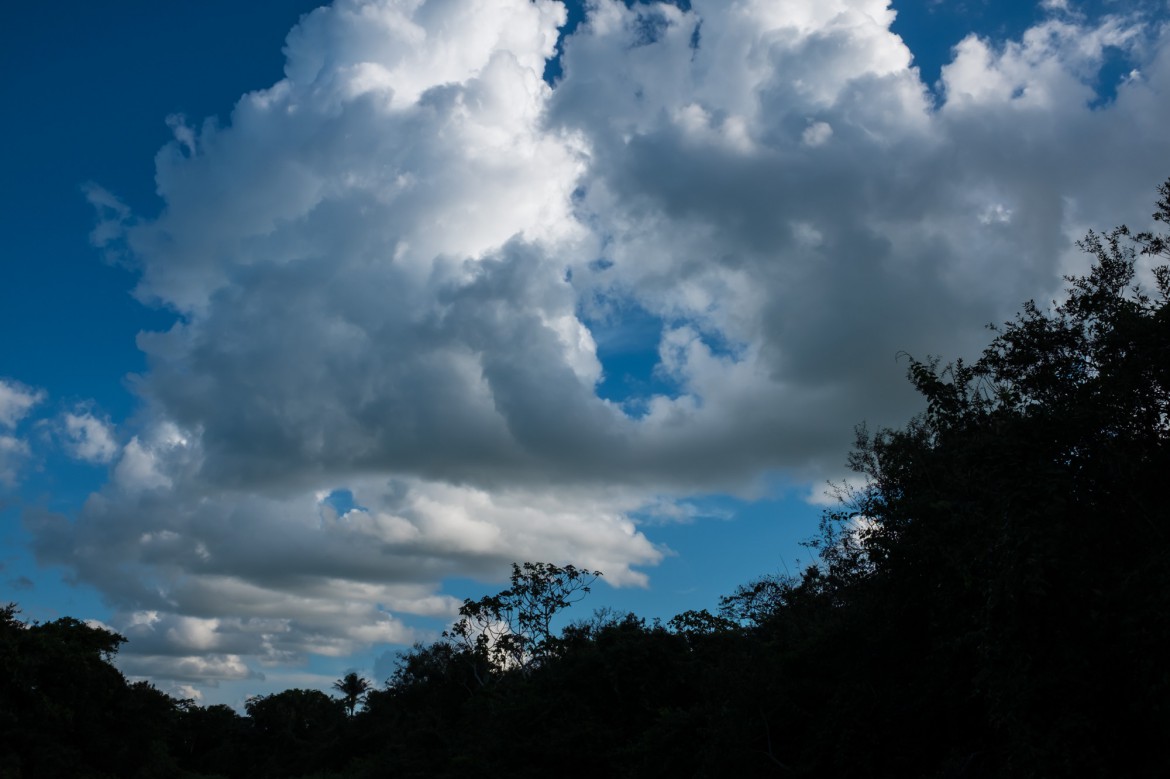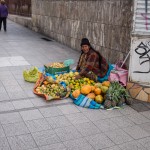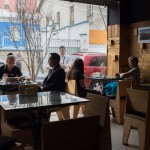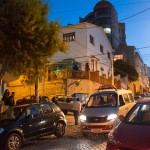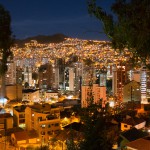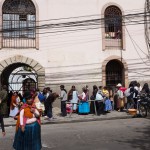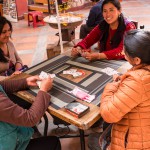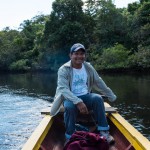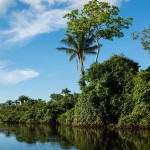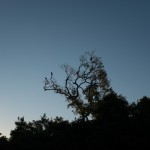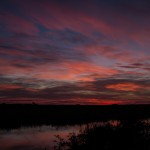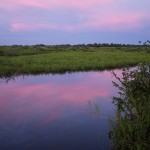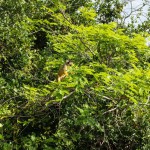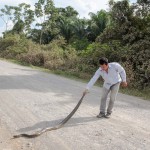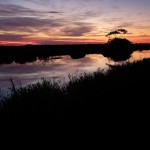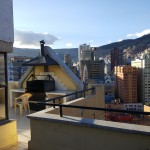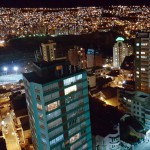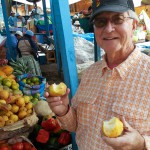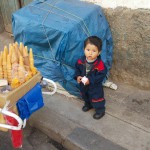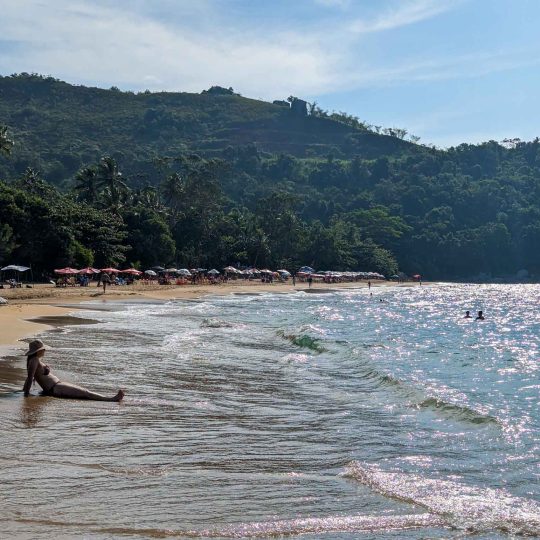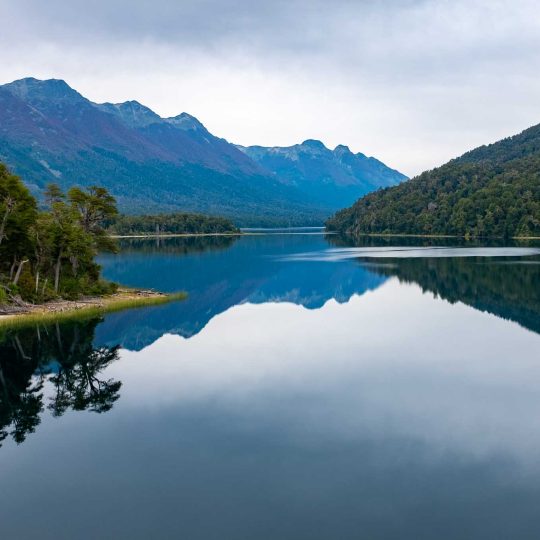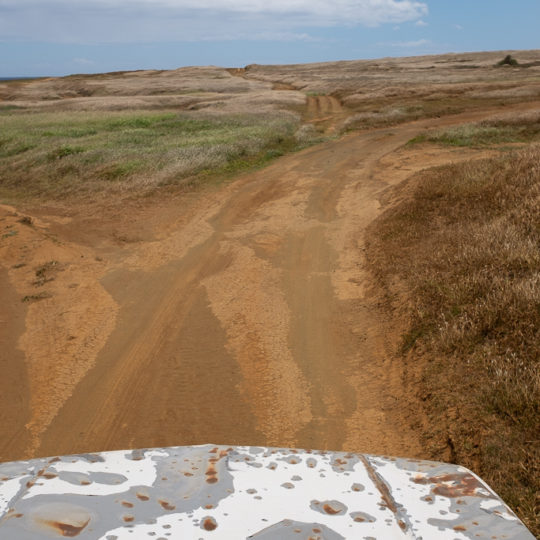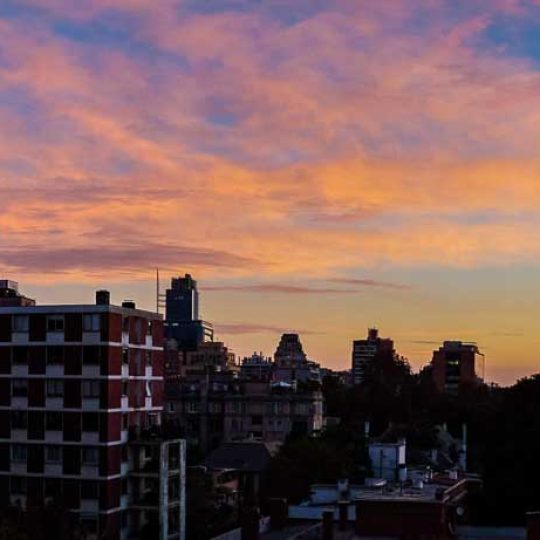Bolivia is one of those places that had succeeded in escaping my conceptualization. As such I wanted to visit. Back in December on a cold night in Seoul Korea, I was flipping channels on TV and came across a Korean television program featuring Bolivia. The hosts of the show demonstrated the diverse geography spanning the entire country as well as ethnicity, history (modern and ancient, even pre-Inca) and cultures. They visited deserts, lakes, mountains; the showcased diversity blew my mind and immediately I made mental preparations to visit once I was in South America.
It was a great decision. Bolivia is the rugged, authentic and low-touristed South American destination adventurists crave. There is no shortage of adventures in the Bolivian Amazon jungle, national forests, salt flats, deserts, mountains. History intellectuals will love learning of historic roots and stories. To me Bolivia has come to represent a Northern variation Patagonia.
The city that I spent 13 days in, La Paz, is co-captial of the country and houses the executive and legislative branches of the government. It is also 4,000 meters above sea level (more than doubling Denver, Colorado’s brag of “The Mile High City”) — this is the Two Mile High City or at least I think it should be or maybe the Three-Point-Something Kilometers High City. More than two million people live in La Paz which is surprising seeing that it is nestled in a valley of a rather narrow and steep canyon. How does the food get here? Where does the water come from? How is it possible that there are palm trees here and it only snows every twenty years? It’s all a mystery — no one knows.
Within this, the world’s most elevated capital city, you can play golf in the most elevated golf course anywhere. Other fascinating facts about La Paz: there is a prison in the middle of the city that contains no guards. Like a mash up of Mad Max, Escape from New York and Logan’s Run — this distopian nightmare should help me earn me an Oscar for best screenplay once I exhaust my other creative ventures. Here are some photos of the outside.
My father met me in La Paz. Together we spent the next eight days adjusting to the altitude and staying within arms reach of a bano after an unknown, insidious consumption. That prohibited from a few of the destinations on our itinerary: Tiwanaku, Lake Titicaca and Sun Island, the salt flats. We were still able to take a fascinating tour of La Paz with our friend Raul and over a weekend though we still make it to the Bolivian amazonian jungle — a place called the Pampas. We explored the river (mostly) and surrounding wetlands (a bit) for two days — seeing countless (too many) species of birds, a sloth, capybaras, an anaconda, caiman, squirrel monkeys, howler monkeys, capuchin monkeys, turtles.
I look forward to my return to La Paz when I check off more adventures.
